Astronomers dedicated significant time and resources to studying the planets as deep-space exploration ramped up in the late 1960s and early 1970s.
In the late 1960s, at the dawn of the space age but well before the digital age, astronomers at Lowell Observatory spearheaded a remarkably ambitious planetary observing program. Dubbed the International Planetary Patrol Program (IPPP), the project aimed to continuously monitor atmospheric and other changes on all major planets.
Author Klaus Brasch details the effort in Sky & Telescope's January 2016 issue. He also provided some additional images and descriptions of the IPPP's activities and its key players.
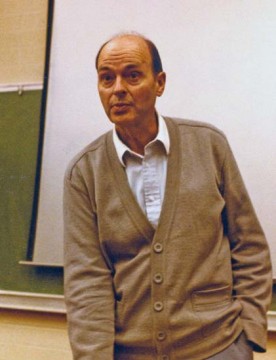
Lowell Observatory
William A. Baum (1924–2012) directed the IPPP effort and ran the Planetary Research Center at Lowell Observatory from 1967 to 1990. Baum was a remarkably versatile investigator and a pioneer in many areas of astronomy. He helped obtain the first ultraviolet spectrum of the Sun and developed the first photoelectric photometers used at Mount Wilson and Palomar Observatories.
Baum worked with famed astronomers Edwin Hubble, Walter Baade, Alan Sandage, and Halton Arp on projects ranging from galactic redshifts and classification to main-sequence stars and refining distances to globular clusters. He also served on the imaging team for the NASA's Viking orbiters, part of a mission that culminated in twin landings on Mars, and on the team that designed and tested CCD cameras for the Hubble Space Telescope.
Leonard J. Martin (1930–97) also was key to the IPPP effort. Trained as a cartographer, Martin joined Lowell Observatory in 1963 as a member of the Aeronautical Chart and Information Center, which prepared maps of the Moon for the Apollo missions. Later he joined the IPPP team, focusing on Martian atmospheric phenomena, including Viking orbiter imaging and later Hubble Space Telescope investigations of Mars.
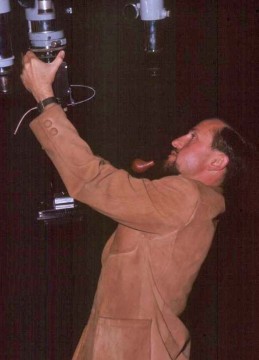
NASA / JPL / James W. Young
Another cartographer, Jay L. Inge (1943–2014), generated maps of the Moon and Mars and later, with the U.S. Geological Survey, the Jovian moons and other solar-system bodies as part of the Voyager missions.
Charles "Chick" Capen (1926–86), an IPPP participant from 1969 to 1983, made extensive use of color filters in planetary astronomy — a skill he shared with countless amateur astronomers through the Association of Lunar and Planetary Observers. He published many articles and served as a member of NASA's Apollo, Mariner, and Viking missions. Among other honors, the International Astronomical Union named a 43-mile-wide crater on Mars after him.
The pioneering program IPPP wound down in the 1970s, superseded by better imaging technology and interplanetary spacecraft. However, in addition to helping to maximize the scientific return from those later efforts, the IPPP's international cooperation became the model for many global scientific collaborations that would follow.
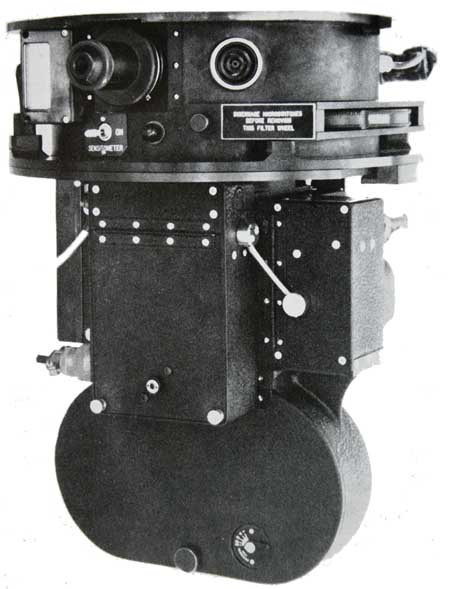
Lowell Observatory
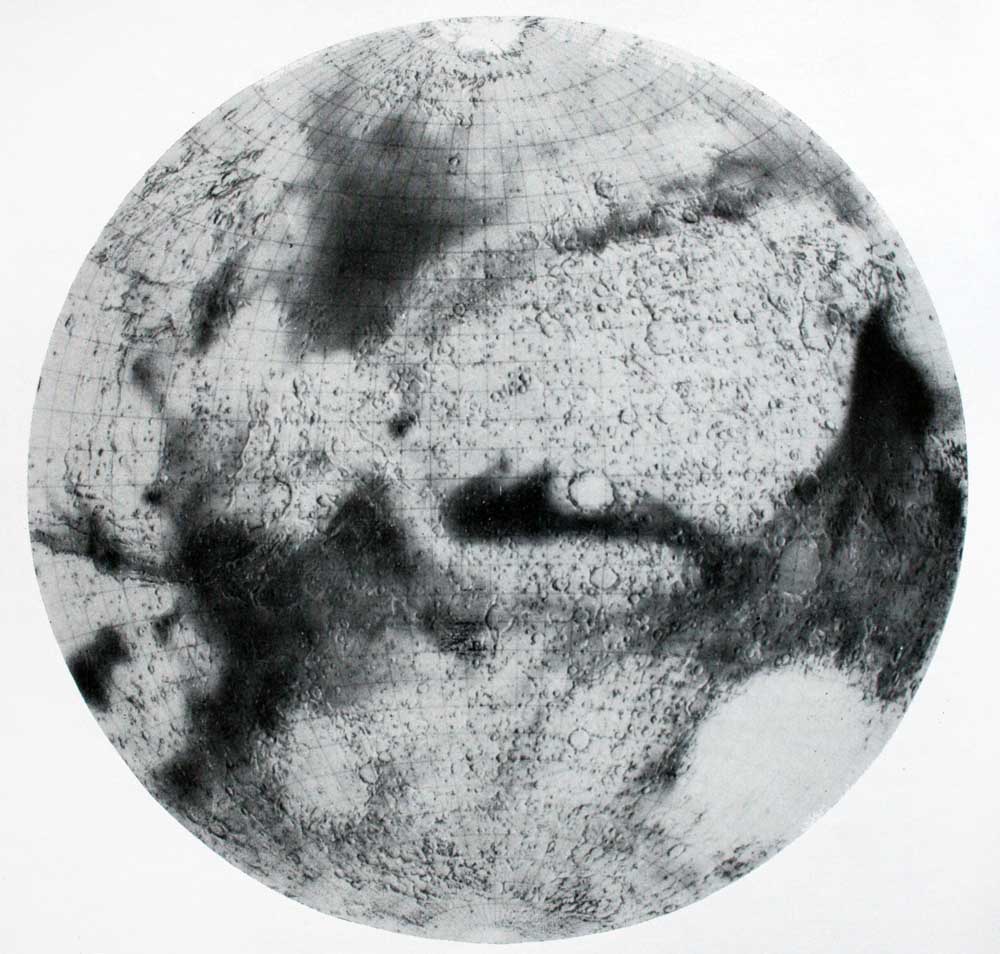
NASA / JPL / USGS
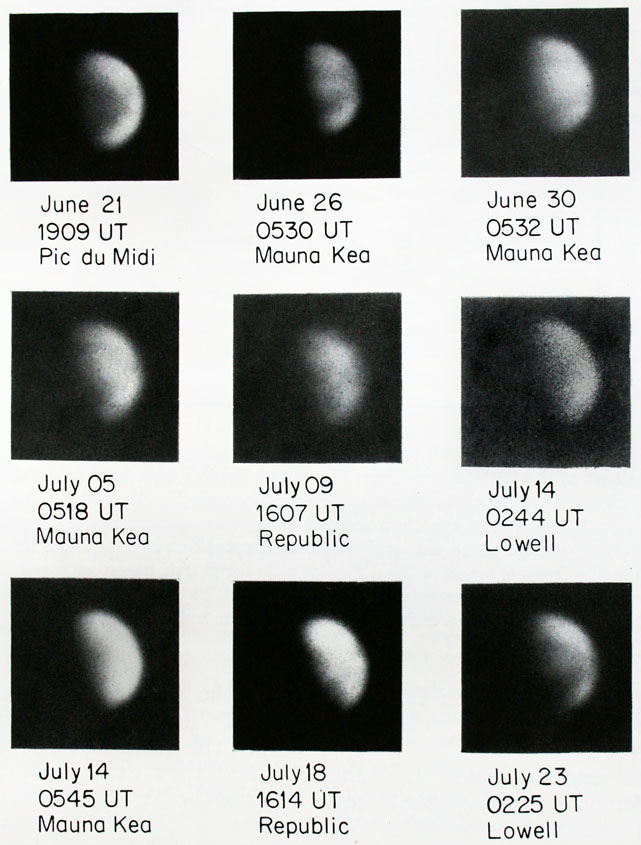
Lowell Observatory
 0
0
Comments
You must be logged in to post a comment.